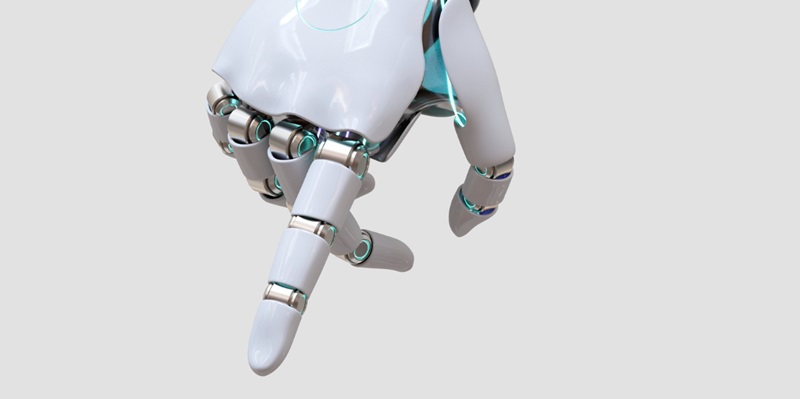Soft robotics is a rapidly evolving field that utilizes flexible elements, mechanisms, machines, and actuators to perform complex mechanical tasks. The load-bearing capacity of soft-material conical shells plays a crucial role in enabling the functionality and effectiveness of soft robotics systems. In this article, we delve into recent research conducted by Cambridge engineers, shedding light on performance-limiting flaws that affect the capabilities of morphing cones in performing basic mechanical tasks.
Background on Soft Material Conical Shells
To understand the significance of load-bearing capacity, it is important to grasp the concept of soft elements in the realm of soft robotics. Soft robotics employs materials with flexible properties to develop innovative mechanisms, machines, and actuators that mimic biological systems. Among these elements, morphing cones are commonly utilized due to their ability to change shape. They have proven to be versatile for various soft robotics applications.
Buckling and Spiral Ridges
In the study conducted by Cambridge engineers, the phenomenon of buckling in conical shells came under scrutiny. Buckling occurs when external loads cause deformation, leading to intricate spiral ridges. This observation was validated through a combination of simulations and experiments, highlighting the distinctive patterns that emerge when cones buckle due to mechanical stress.
Determining the Strength of Conical Liquid Crystal Elastomer (LCE) Shells
A significant breakthrough was achieved in this study, with researchers successfully determining the strength of conical shells made of liquid crystal elastomers (LCEs). These LCE shells, widely used in soft robotics due to their tunable properties, had their load-bearing capacity assessed for the first time. Understanding the structural limitations of LCE shells is crucial for optimizing their use in soft robotics applications.
Study Methodology
The research team adopted a comprehensive approach to investigate the loading, buckling, and lifting of thin, morphing LCE films. To achieve this, a combination of theoretical analyses, mathematical modeling, and experimental techniques was employed. By integrating these diverse methodologies, the team unveiled valuable insights into the behavior of soft-material conical shells under different mechanical stresses.
Research Findings
The researchers discovered critical weaknesses in the load-bearing capacity of thin-walled conical shells when subjected to compression. It was observed that these shells predominantly deform in an outer boundary layer, leading to buckling even at significantly smaller loads than previously predicted. This newfound weakness raises concerns about the structural integrity of thin cone structures, affecting not only morphing cones but also various other mechanisms employed in soft robotics.
Implications for Soft Robotics
The findings of this study have far-reaching implications for the field of soft robotics. The weaknesses identified in thin cone structures can hinder the performance and reliability of numerous soft robotic systems. This highlights the importance of reevaluating the design and functionality of morphing cones, as well as other mechanisms involved in soft robotics. The limitations uncovered through this research serve as a starting point for addressing the structural vulnerabilities and exploring alternative solutions.
Understanding the load-bearing capacity of soft-material conical shells provides critical insights into the design and implementation of successful soft robotics systems. This research serves as a pioneering study in quantifying the strength of thin-walled cones and highlights their weaknesses under compression. Future research endeavors should aim to address these weaknesses, developing novel materials and designs that enhance the structural integrity and performance of soft robotics systems.
The groundbreaking findings from this research were published in the prestigious journal Physical Review Letters. Additionally, Physics Magazine featured a comprehensive summary of the study, bringing attention to the significance of the findings within the scientific community. The publication of this research will undoubtedly foster further exploration, collaboration, and advancements in the field of soft robotics.
As the field of soft robotics continues to evolve, understanding the limitations and enhancing the load-bearing capacity of soft-material conical shells will unlock further possibilities for advanced and adaptable robots. By addressing the flaws exposed in this research, engineers and researchers can forge ahead, creating resilient and efficient soft robotics systems that surpass current performance limitations and pave the way for groundbreaking applications in various domains.

